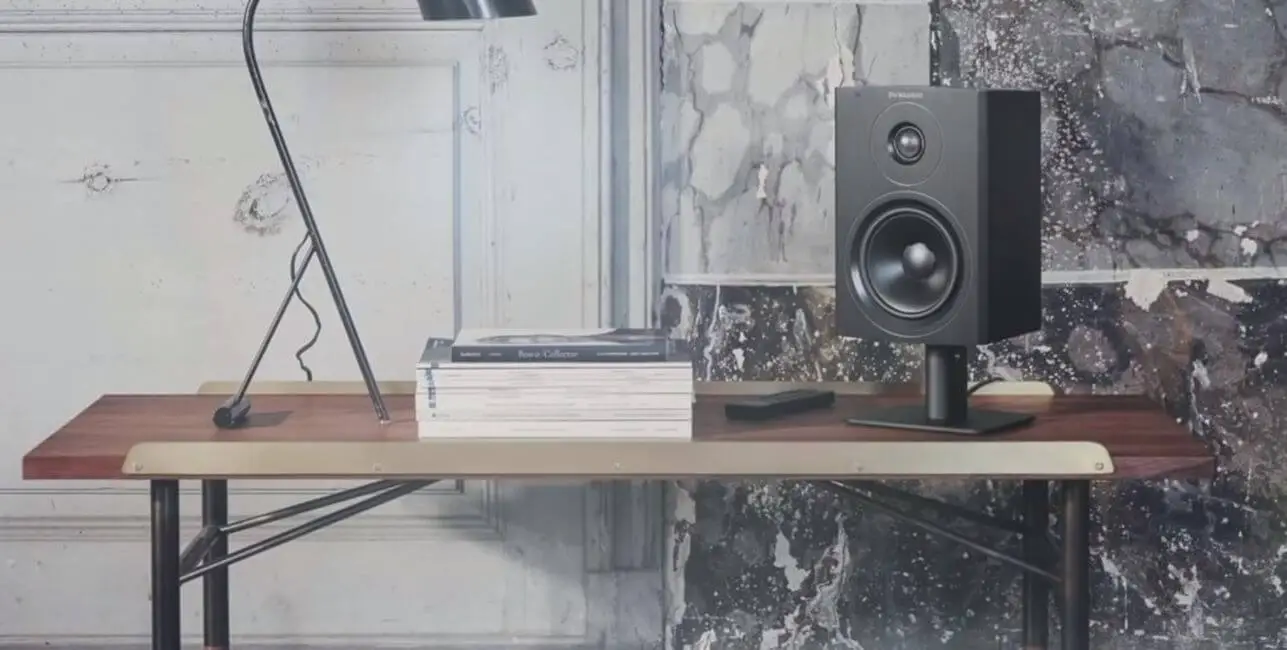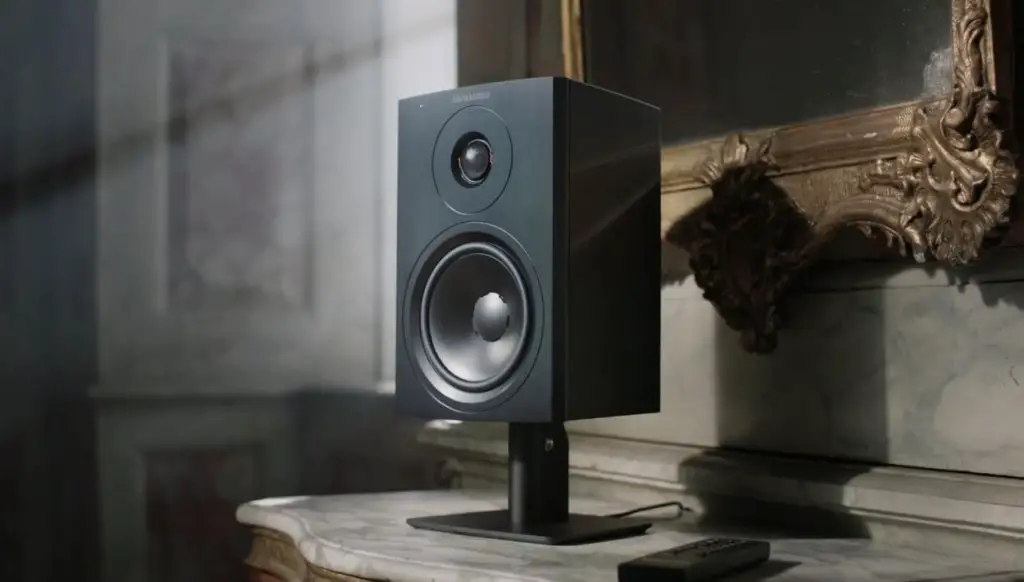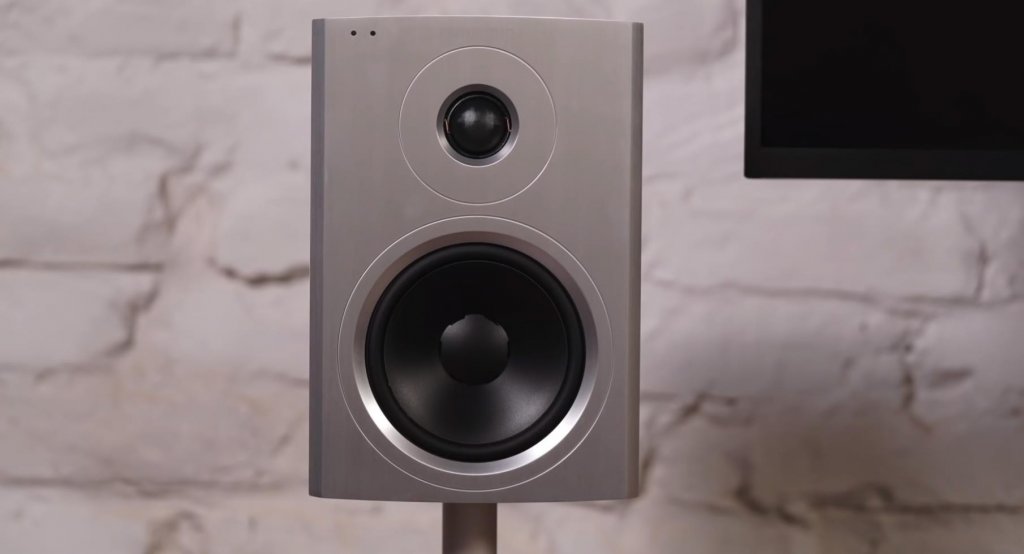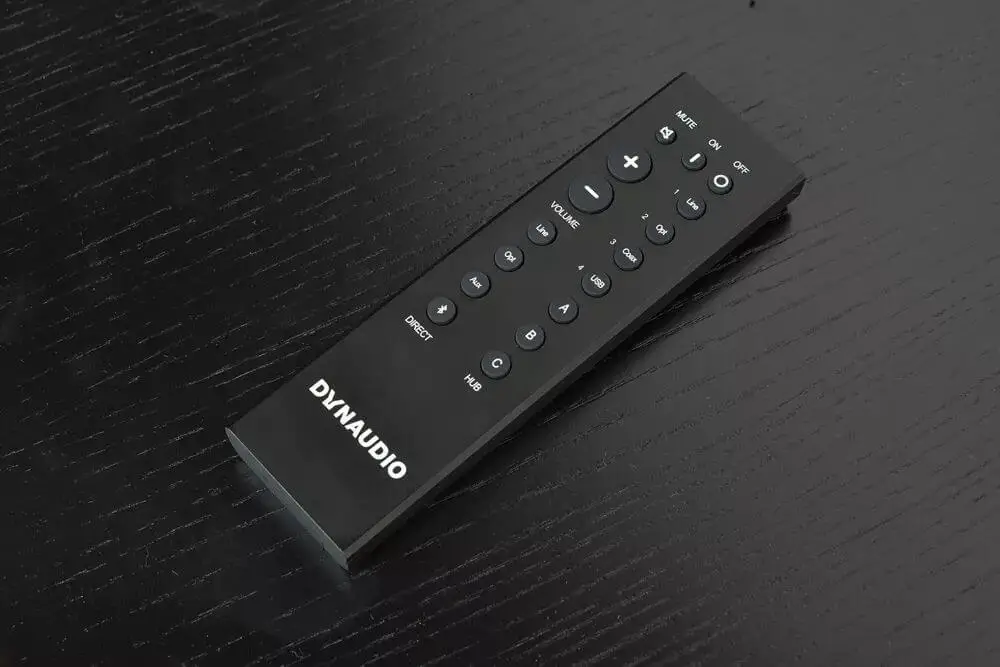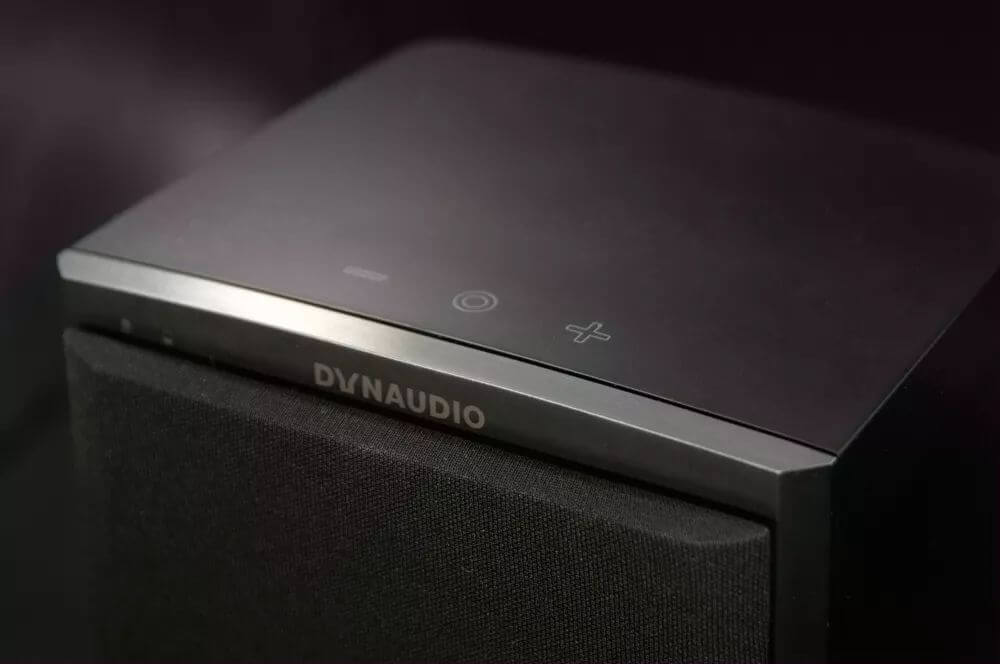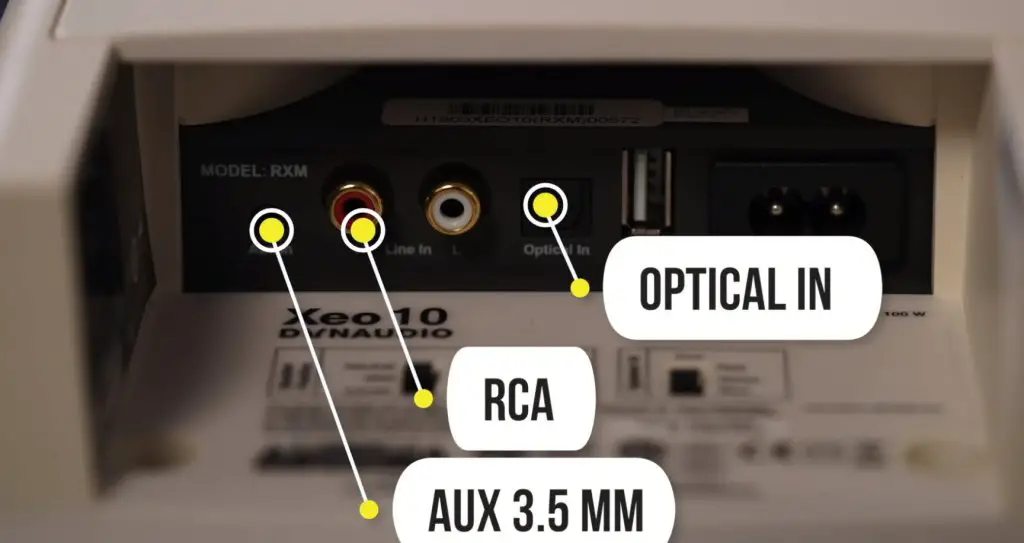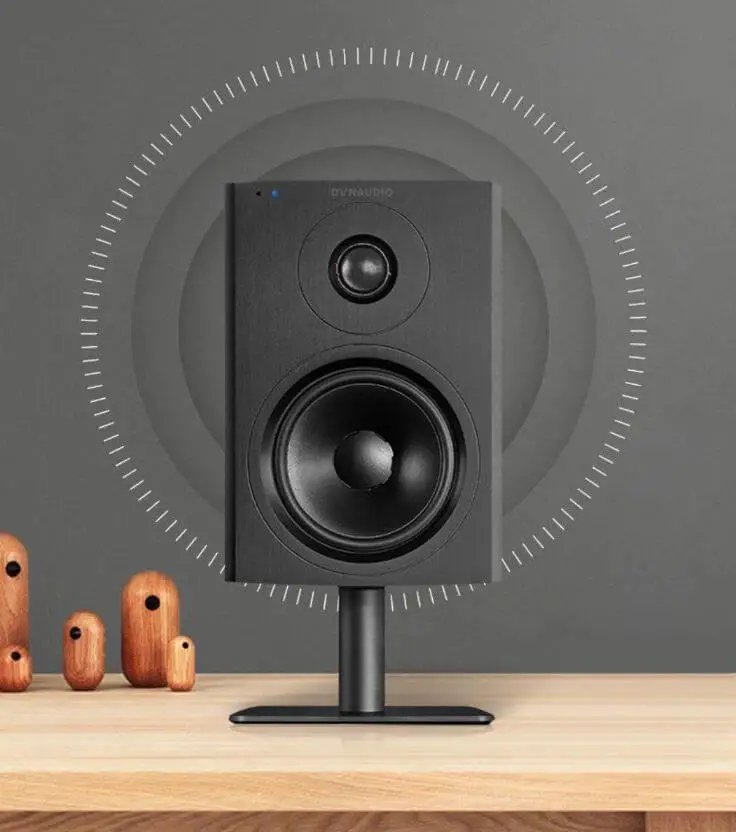Dynaudio Xeo 10 Review
When everyone is still discussing Bluetooth speakers, Dynaudio has already considered that speakers need to be “wireless” and must not rely solely on Bluetooth. Because they know that Bluetooth is only a convenient stopgap measure, and true high-resolution wireless transmission is king. Dynaudio’s vision has long been for multi-channel systems and multi-room applications. The Xeo series of Dynaudio is a wireless speaker for this scene.
The Xeo series has been a true wireless speaker from the beginning of its design. In addition to the wireless transmission of music signals, even the two speakers are also wireless. In other words, the two speakers only need to be connected to the power cord without additional wiring. Today we will review Dynaudio’s latest Xeo 10 wireless Bluetooth speaker. It is an upgraded version of the old Xeo 2.
A Brief History of Dynaudio Xeo Series
The first generation: Dynaudio Xeo series was first born in 2012, including two models, Xeo 3 and Xeo 5. The earlier Xeo series was not fully functional. For example, as a wireless speaker, the audio input requires an additional external audio input Hub. And this hub does not support Bluetooth, WiFi and other wireless methods. Another disadvantage of the first generation of Xeo is the 2.4GHZ connection between speakers conflicts with other 2.4GHZ applications at home. If you want to listen to music with XEO 3 while surfing the internet, the network will be unstable and not ideal.
The second generation: The second generation Xeo series Xeo 4 and Xeo 6 in 2014, upgraded the wireless transmission between speakers. The transmission between speakers already supports three wireless channels of 2.4GHZ, 5.2GHz and 5.8GHz. Audiophiles can manually Switch to the most stable channel. Besides, the second-generation Xeo series has been enhanced on the input port. The hub adds a digital coaxial input, which can support 24bit/96KHZ audio sources. However, the audio transmission signal between the second-generation speakers can only reach up to 16bit/48khz. Even if a 24bit/96KHZ DSD audio file is input, the transmission between the two speakers will still degrade the sound quality, which is a pity.
The 2.5th generation: In 2015, the Dynaudio Xeo 2 was born, marking the maturity of the Dynaudio Xeo series. This is because it no longer needs an additional Hub receiver. The speaker itself has Bluetooth, RCA, optical fibre, AUX and other input options. And the signal receiver and status indicator are eliminated on the top. The overall appearance is more concise. Since this generation, Dynaudio has been vigorously promoting the product concept of wireless Hi-End speakers.
The third generation: In 2018, Dynaudio Dynaudio officially released the third generation of Xeo series. The new series is further optimized and improved based on the previous generation products, including Xeo 10, Xeo 20 and Xeo 30 speakers. Like the previous generation of Dynaudio Xeo 2, the appearance of Dynaudio Xeo 10 inherits its outstanding design. The cabinet is still made of composite materials, and the front panel is made of aluminium alloy, which is very heavy. Magnetic grill, leaving no trace after removal. It adopts the same touch-type power switch, volume control, bass port with downward opening design, and rubber base as Xeo 2.
The Design
Dynaudio Xeo 10 accessories include a user manual, power cord, RCA cable, optical fibre cable, battery, remote control, etc. As for the remote control, compared to Xeo 2, Xeo 10 has more remote control buttons, a more extensive signal remote control range, and better control response. Dynaudio Xeo 10 has more buttons. In addition to the functions mentioned above, the new remote control can remotely control Xeo 10 and add the speaker partition selection function. One remote control can control three pairs of speakers. At the same time, the remote control of Xeo 10 can also be used with Dynaudio Connect wireless transmitter to reduce the number of remote controls in hand.
The size of Xeo 10 is almost the same as Xeo 2, and there are similarities in appearance: the overall design is more rounded, and the box is made of specially designed composite materials. Dynaudio’s design elements are self-evident. In fact, the entire Dynaudio Xeo series is designed in Denmark to ensure a consistently high-quality level.
There are two status lights on the upper left of the front baffle of Xeo 10. On the left is the power and area colour indicator, and on the right is the Bluetooth status indicator. Besides, the top is equipped with touch volume control, power-on and signal source switching buttons.
Xeo 10 still has a decorative board on the back. After removing the board, you can see the reserved wall-mounting holes. The speaker’s bottom is a rubber base, which can be disassembled and fitted with a matching desktop stand. It should be noted that the Xeo 10 desktop tripod is completely compatible with Xeo 2.
Xeo 10’s driver installation method is very different from Xeo 2. The tweeter and woofer unit of Xeo 10 is installed from behind the front baffle. Therefore, we can’t see a screw from the front of the box.
Dynaudio Xeo 10 uses a standard 2-way design. The signature 28mm soft dome diaphragm tweeter and 140mm MSP diaphragm mid-woofer are used. The woofer has been further optimized and is warmer and more pleasant than the previous generation. A 65W independent digital power amplifier directly drives each unit after being processed by the DSP digital circuit.
At the same time, because Xeo 10 uses the DSP technology on the high-end Focus XD series, low-frequency performance and off-axis performance have also been improved. Therefore, even if you are not in the best listening position (commonly known as “sweet spot”), you can still feel a good sound image.
Besides, due to the crossover point and DSP algorithm’s optimization, the crossover point of the two speaker units of Xeo 10 becomes 5000Hz, and the frequency response range becomes 40Hz-21kHz (±3dB). On the one hand, it reduces the low-frequency burden of the tweeter. On the other hand, the crossover point, which is prone to phase distortion, is kept away from human ears’ sensitive area. The high-frequency response range is reduced, but this makes the frequency connection of the two speaker units smoother and more natural.
Also, it is reported that the design engineer of the third-generation Xeo series used the studio monitor speaker LYD 5 as a tuning reference, and especially transplanted LYD 5’s technical characteristics to ensure the accuracy of each speaker of the new Xeo series.
The Connection
The Xeo 10 wireless speaker has the same input interface as Xeo 2. Both speakers support analogue 3.5mm AUX input and RCA input, and are equipped with 192kHz/24bit optical digital input. The Bluetooth connection supports low-latency Apt X technology, transmitting lossless audio signals close to CD sound quality. The USB interface is used for system firmware upgrades and cannot connect to a computer to play music.
Like Xeo 2, the Xeo 10 back has three sets of switches: speaker position, left and right channel setting switches, and speaker ID (red, green, and blue Zone). In short, the Speaker position is to set the acoustics according to the speakers’ placement to obtain a good sound effect. There are three options: Neutral, Wall, and Corner. Just flip the switch to the corresponding position according to the position type of the speaker. In Xeo 10, these switch functions can also be implemented on the remote control.
As for the wireless connection method, Xeo 10 and Xeo 2 are the same. In terms of Bluetooth connection, long-press the Bluetooth button of the remote control to reset the speaker’s Bluetooth device and be in the pairing state. At this time, the phone can directly turn on the Bluetooth and connect the speaker. Bluetooth’s receiving ability is good. When there is no obstruction, the signal is stable, and there is no delay when the mobile phone is 10 meters away from the speaker. Xeo 10 can easily connect to a Bluetooth-enabled TV or Bluetooth-enabled audio source at home in addition to mobile phones.
However, I prefer a wired connection to Xeo 10, mainly because the optical fibre supports 24-bit/192kHz decoding. It is the highest sound quality among several audio input sources (coaxial, analogue input, etc.), to get better listening pleasure.
Sound Performance
Dynaudio Xeo 10 wireless speaker’s sound is natural and moist, with rich details, delicate texture, stable and not irritating, and the sound field is clean. For example, listening to “Spanish Harlem” sung by Rebecca Pidgeon, the instrument’s positioning is accurate, and the resolution is excellent. On the other hand, Rebecca’s voice is slightly magnetic, natural, and transparent. The nuanced ending is not annoying, and the breathing is more natural.
As for the smoothness of tri-band connection, this is the speciality of Dynaudio Xeo 10. For example, listening to Franz Liszt’s famous song “La Campanella” played by Valentina Lisitsa, Dynaudio Xeo 10 performed well. In addition to each frequency band of the piano’s sharp sound speed, the connection of each frequency is also very natural and smooth. The high-frequency part is not harsh, the mid-frequency is full but not too prominent, and the low frequency has a firm texture.
The last test was “Also Sprach Zarathustra”. The sound field positioning, level, detail, atmosphere and other aspects are well-shaped. Faced with many occasions where there are many instruments such as violin, trombone, and English flute, Dynaudio Xeo 10 performs better and smoother coordination between these instruments.
Conclusion
The Dynaudio Xeo10 is a new speaker standing on the shoulders of the previous Dynaudio Xeo 2, but many changes have been made. The new generation of Dynaudio Xeo 10 looks more concise and neat, and its more mature tuning can be suitable for more music styles and is more ideal for use with home TVs or desktop computers. This kind of Hi-End sound experience is acceptable to modern music lovers who pursue quality and like simplicity. Dynaudio Xeo 10 can also become a benchmark product for new audio and fever equipment in the new era.
Dynaudio Xeo 10 Specs
- Analogue inputs: Mini-jack, RCA stereo
- Digital inputs: Toslink
- Wireless: 24-bit / 96kHz
- Frequency response (±3dB): 40Hz – 21kHz
- Box principle: Bass reflex
- Crossover: 2-way DSP-based
- Crossover frequencies: 5000Hz
- Woofer: 14cm MSP
- Tweeter: 28mm soft dome
- Amplifier power: 2 x 65W
- AC power input: 100V – 240V, 50/60Hz
- Standby power consumption: <0.5W
- Maximum power consumption: 100W
- Weight: 4kg / 8.8lbs
- Dimensions (W x H x D): 173 x 255 x 154mm
- Dimensions with feet/grille (W x H x D): 173 x 255 x 164mm
